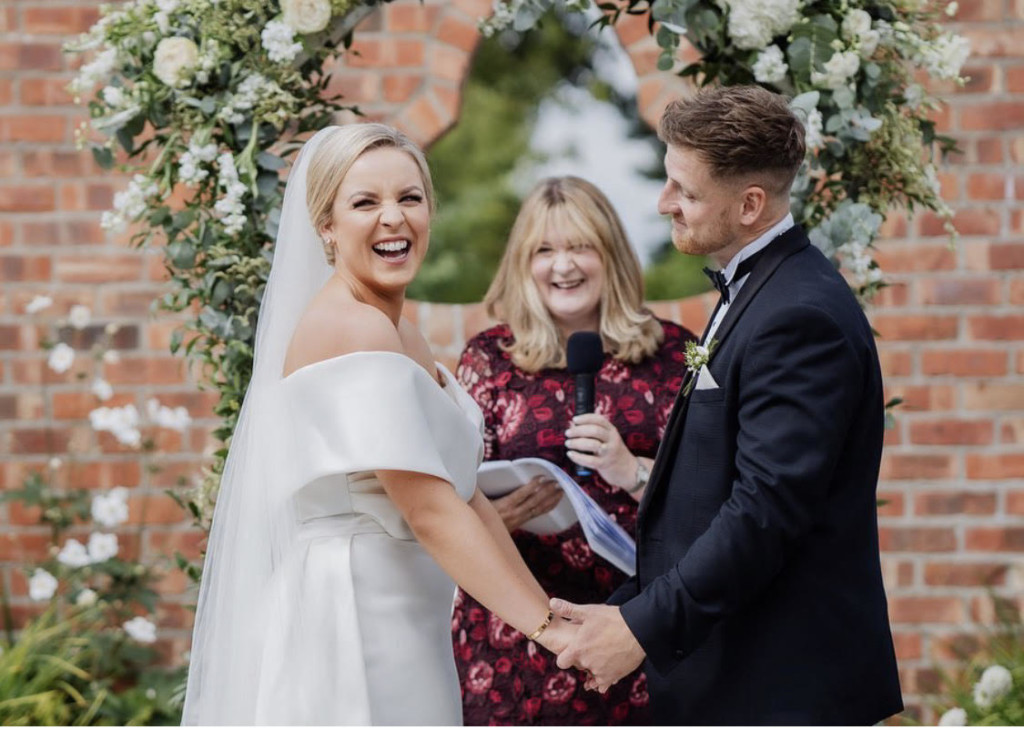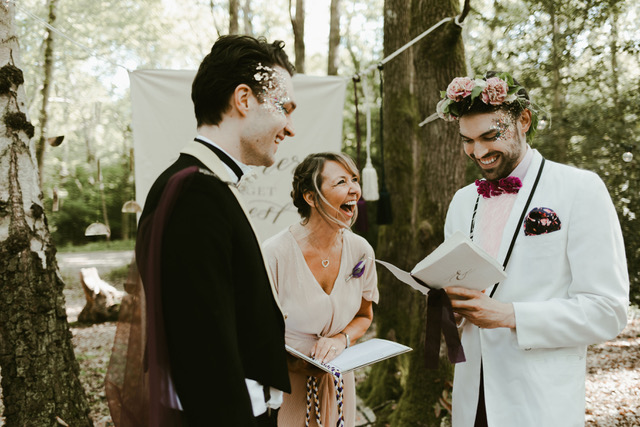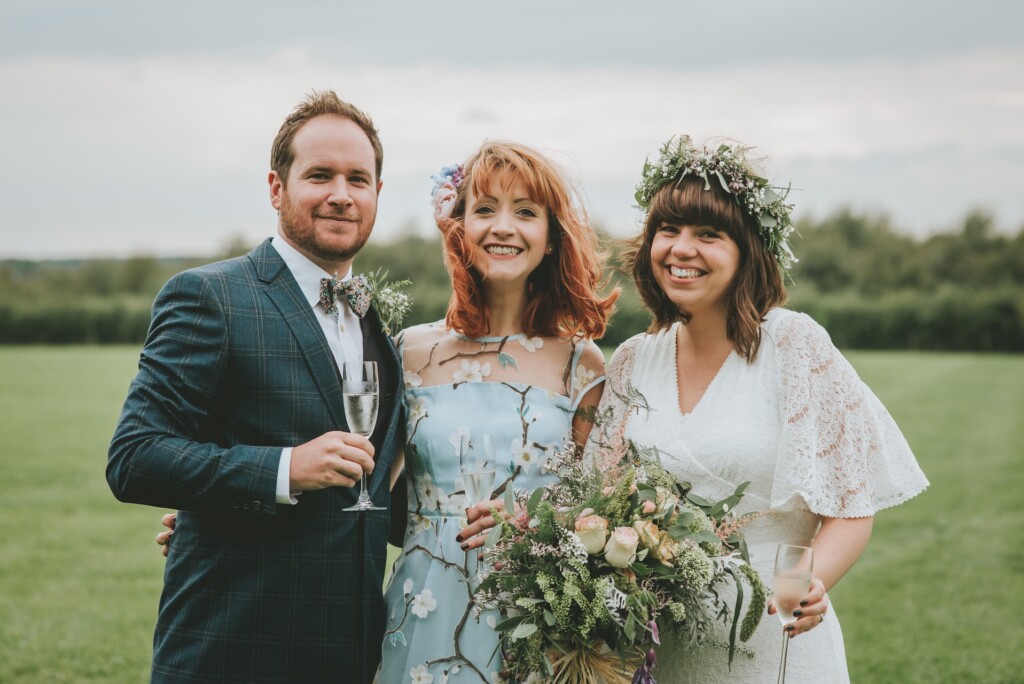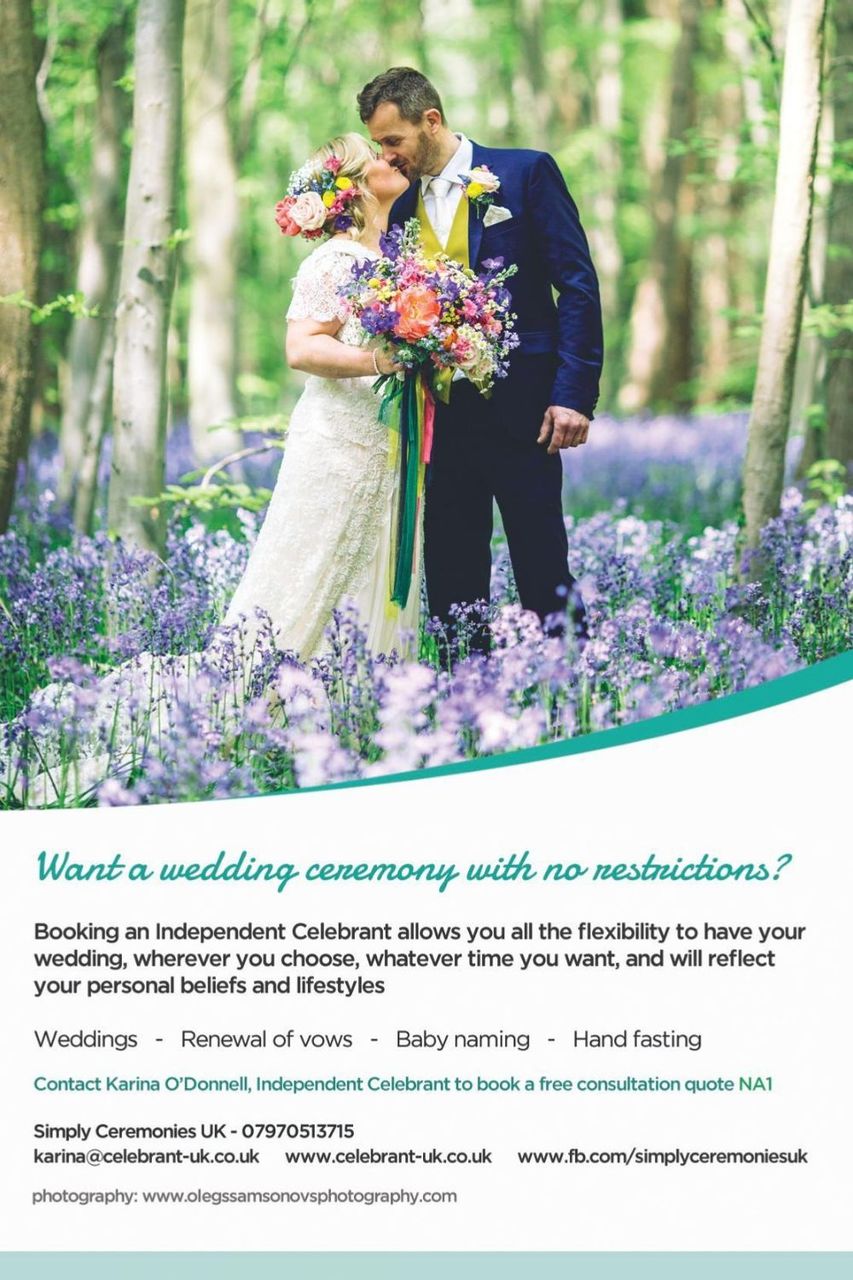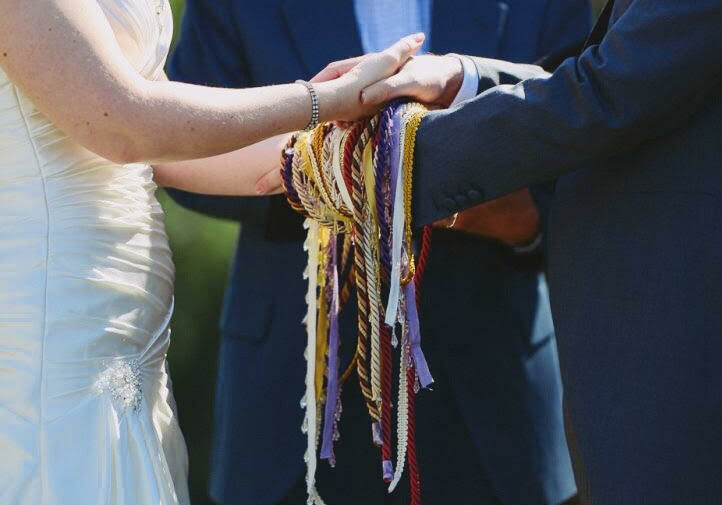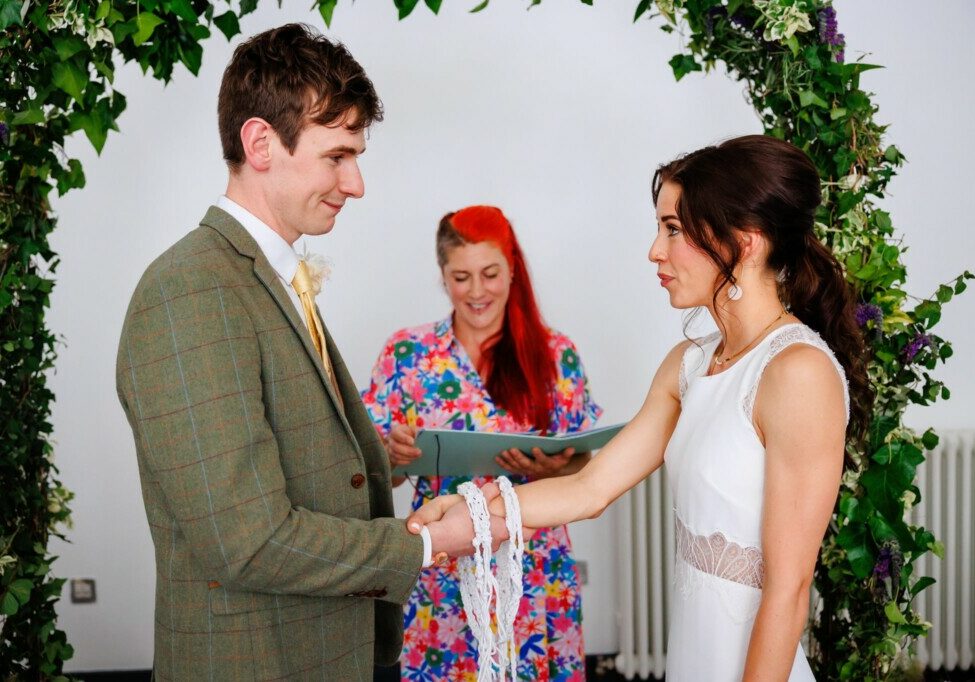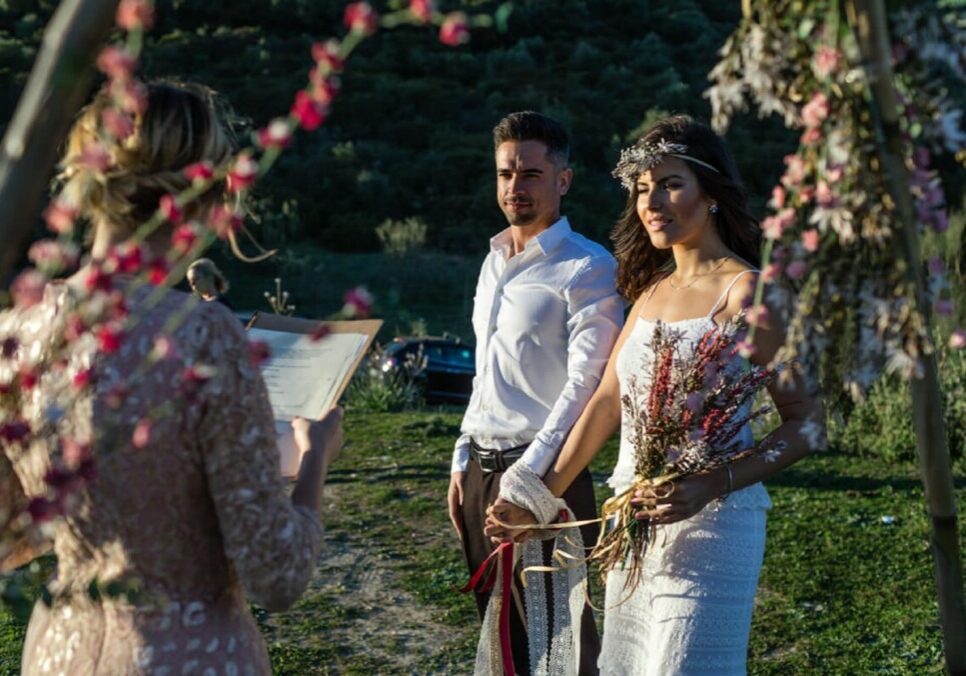
Weddings come with a lot of traditions, but who says you have to stick by them?
Whether you’re having a white wedding in a local church, or jetting off to the Bahamas for a sunset beach ceremony, it’s YOUR big day, and you only get to live it once.
If you’re feeling uncertain about what your day should include, here are five things you really shouldn’t be worrying about, as these rules were made to be broken.
1. The bride’s parents should pay for the wedding
This tradition started hundreds of years ago in Ancient Greece, when women were considered chattel and the bride’s family had to give money to the groom’s family in the form of a dowry – simply for taking their daughters off their hands. Years later, when the dowry no longer applied, the bride’s dress, cake, and flowers were usually hand prepared by the bride’s family. Even today, in the UK, many couples feel like this tradition still applies, and the bride’s family are expected to put their fair share of cash into the wedding pot.
However, we no longer live in the times where marriage was essentially a way to ensure that women were taken care of. Love wasn’t always a factor – and still isn’t, in some cultures.The dowry was simply necessity of those times, but in the 21st century its simply not required.
2. Bridesmaids dresses must all be the same colour
One of the first things you think about when you begin to plan your big day is who you’ll choose to be your bridesmaid – and what type of dress they’ll be wearing. But why do we assume bridesmaids must wear matching dresses? Well, Ancient Roman law required 10 witnesses to be present at a wedding, which was considered a precursor to the bridal party tradition. Bridesmaids and groomsmen had to dress just like the bride and groom to confuse vengeful spirit presences who might try to harm the newlyweds.
So, unless you’re worried about vengeful spirits, your loved one’s dresses don’t have to match at all, and nowadays many couples let their bridesmaids choose their own dresses and show off their personality.
We’ve all seen the Sex and the City movie, right?
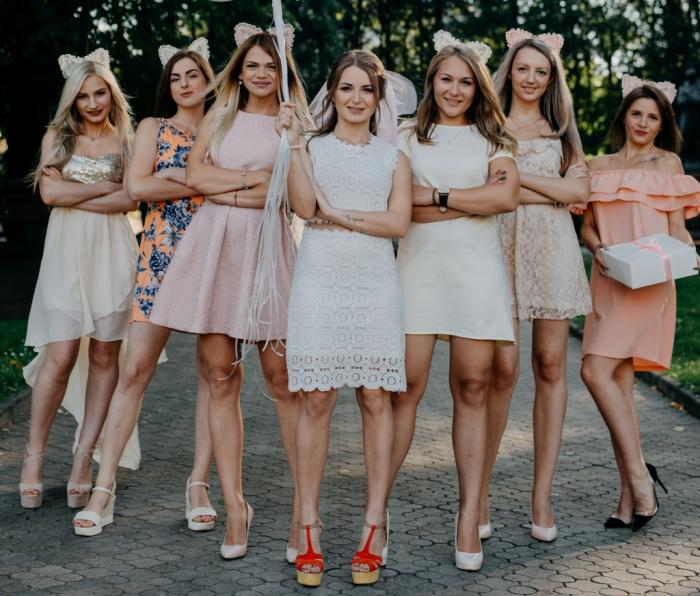
3. You must have a formal dinner
Many guests who you invite to your wedding will be expecting a three-course dinner at some point during the day, simply because that’s how tradition goes. However, if you are on a budget, or inviting hundreds of guests, this option isn’t always practical.
So why not get creative, and break the social norms? If you’re having a summer wedding, perhaps you could have an alfresco BBQ, or offer a trendy brunch before the ceremony. You could serve small tapas dishes throughout the day, or even keep things casual and offer a menu of miniature classics.
This also gives you a lot more time to celebrate, whether that be playing fun games with guests, or playing a video of you and your partners top 10 moments, it’s a chance to make the day truly unique.
4. The bride’s family and the groom’s family should sit separately at the ceremony
In Christian ceremonies, the bride’s family sits on the left, whilst the groom’s sit on the right. Likewise, the bride stands at the left at the altar while the groom stands to her right. However, in a Jewish ceremony, it’s the opposite; the bride and her family are on the right, the groom and his are on the left, but is there really any need to do this?
Well, unless your church is strict about tradition, there is no reason you have to stick to this old policy, so switch things up. Ultimately, the seating of your guests isn’t something to stress over. For the sake of ease, many couples opt to give their guests freedom to sit wherever they choose.

Why not have some seating signs to make it clear to your guests?
“Come as you are, stay as long as you can, we’re all family now, so no seating plan.”
There are loads more ideas on Pinterest too.
5. You must give your guests a plus one
Spare a thought for all your single friends – and your wedding fund when considering this option. You’ll know your guests pretty well, so you’ll know if they’re in a serious relationship, or whether they would feel uncomfortable turning up alone. You’ll also know the guests who don’t have a plus one to bring, and they could feel a little embarrassed if they don’t have anyone to bring.
So, to save yourself some cash and to make your guests feel good, why not plan your invites on a case by case basis, rather than offering everyone a plus one? There’s no set rule and it’s not uncourteous, however, it is pretty thoughtful.
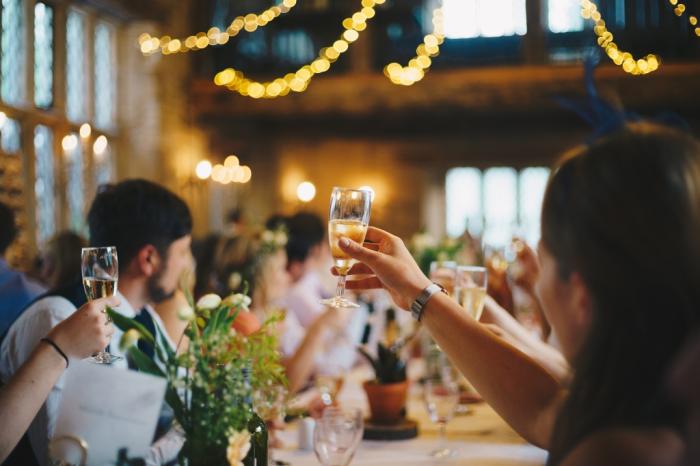
Your Wedding day should reflect you and your partners relationship, your love for one another, and most importantly your wonderful personalities – so you can leave rules for when you really need to follow them!
subscribe
drop us your email and we'll send you beautiful ideas to inspire your perfect celebration


